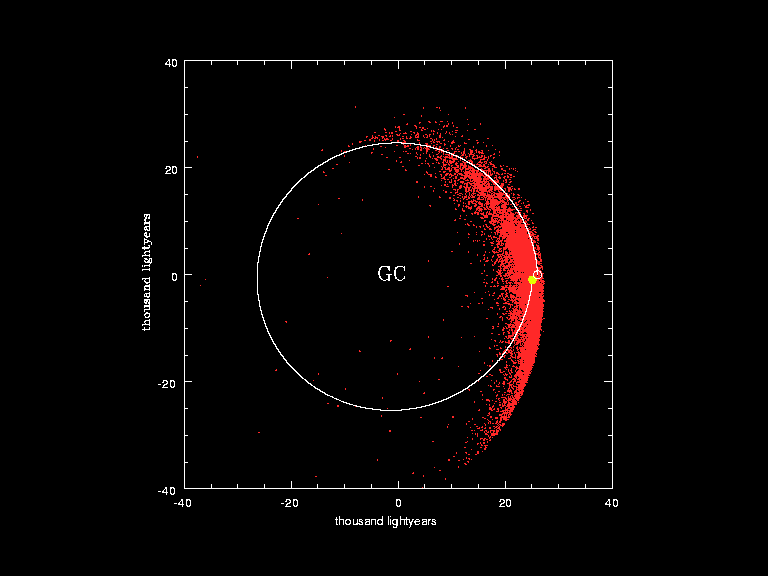Nearest black holes and heavy elements on earth
There are many misconceptions in your question.
First: Most supernovae probably end up as neutron stars, not black holes.
Second: The nearest black hole is not CygnusX-1. It maybe the closest one we know about, but a simple calculation reveals that the nearest black hole is likely to be within 20pc and the nearest neutron star at about 10pc. https://astronomy.stackexchange.com/questions/16678/how-far-away-is-the-nearest-compact-star-remnant-likely-to-be
Third: The chemical elements that make up the Sun and Earth are the products of many millions of dead stars. Supernovae scatter elements into the interstellar medium, gradually enriching it with heavy elements. There are mixing processes that take place on timescales of billions of years that mean this material is effectively homogenised, and there is little metallicity gradient in the Milky Way near the Sun. We cannot identify ancestors of the solar system.
Fourth: There are chemical differentiation processes in the protoplanetary disc and the planet formation phase that ensure heavy elements are very much over-represented say compared with the Sun.
The solar system formed from an interstellar cloud with only about 2% elements heavier than Helium. Those heavier elements all come from around a 10 billion dead stars (supernovae, novae, AGB stars), though the Uranium is all produced in around a billion supernovae.
There are several main points that should clear this up:
- Supernova remnants include neutron stars, and supernova nucleosynthesis can occur in the supernovae producing those, too. I couldn't tell you what the relative yields are between these and the supernovae that produce black holes. However, the composition of the progenitor is mass-dependent, and this composition may determine how exactly nucleosynthesis proceeds. In other words, a 50 M$_\odot$ star might have a different elemental yield than a 30 M$_\odot$ star. Whether or not this difference is substantial is another thing. See also these slides.
Stars move, orbiting the center of the galaxy. The Sun is not where it was when it formed. Check out this gif based on data from the ESO:

Gif based on data from the ESO, under the Creative Commons Attribution 4.0 International license.This shows just one orbit of the Sun around the galaxy! Celestial bodies move together and apart over billions of years, so there's quite a lot of interactions between supernovae remnants and the gas clouds that produce stars.
- The Earth and other planets formed from a protoplanetary disk, which formed from the original solar nebula, which in turn formed from a giant molecular cloud, which originally contained a lot of heavy elements, likely from many supernovae. It's not like the heavy elements were just flung into the cosmos before hitting Earth; they were there at the start.
You have several mis-statements or overly strong statements in your question.
And usually the remnants of such massive supernovas are black holes.
The more people look closely into the matter, the more complicated supernova end states seem to get.
AndCygnus X-1is the closest black hole to the earth which is at a distance of 6,100 ± 400 light years.
Cygnus X-1 is the nearest known black hole in this epoch. But some (many) black holes may be quiescent and may not be noticed by our surveys, and the relative positions of stars change a lot over time (the sun has orbited the galaxy upwards of 20 times since it's formation).
While compared to that,the cross section of the earth is almost insignificant($142334130.878Km^2$) as it is just $0.0000000000000000000000003758 $% of the imaginary sphere's surface area.
The heavy elements didn't fall onto a pre-existing Earth without them, they were present in the nebula from which the solar system formed and were incorpperated into the Earth as it formed, then concentrated as much of light-element fraction was lost when the sun first began to shine.
None of which answers the question, but it does explain why your starting assumptions are not the right one to use in understanding the problem.